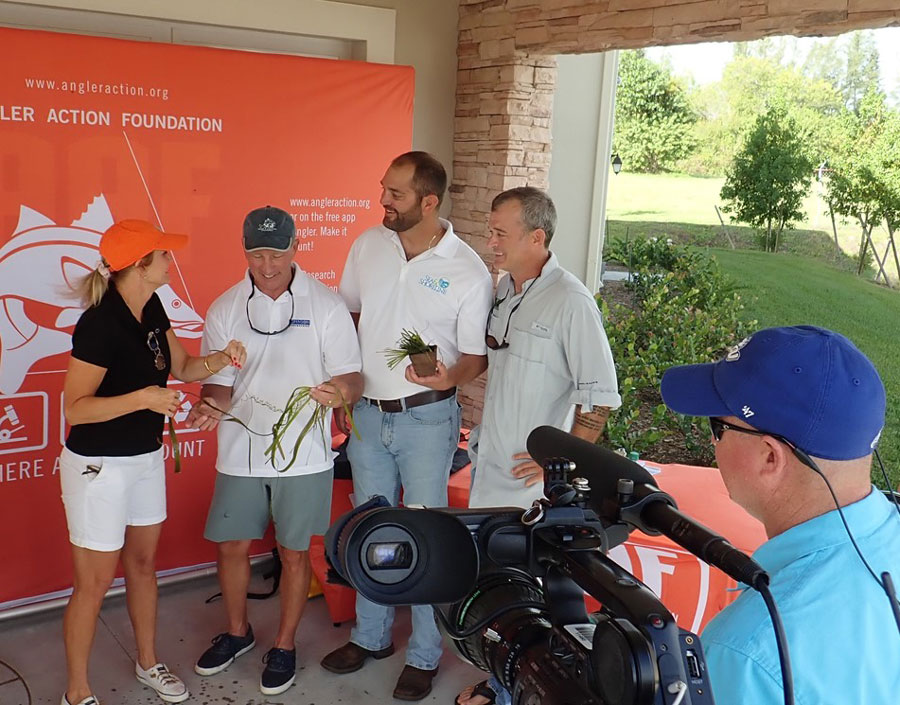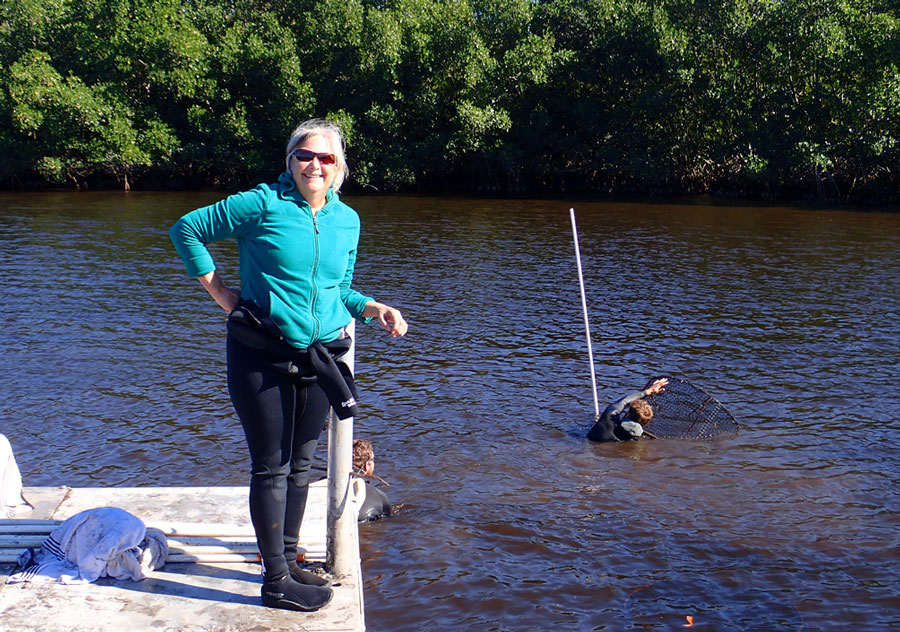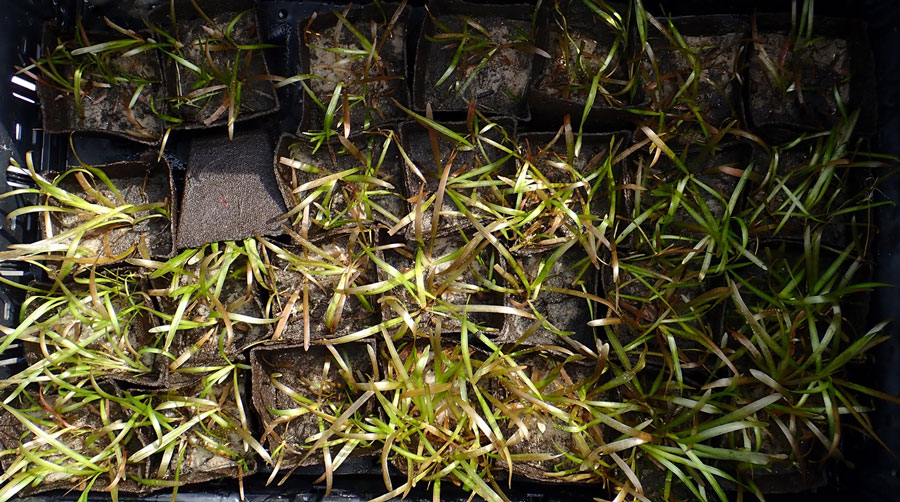Support for this legislation is a critical step forward for hunters and anglers in America’s largest estuary
The U.S. House of Representatives today passed legislation that preserves the economic and recreational value of the Chesapeake Bay.
The bipartisan Chesapeake Bay Program Reauthorization Act (H.R. 1620) fully funds the EPA’s Chesapeake Bay Program by authorizing $455 million over the next five years. This program hasn’t been formally authorized since 2005, so this legislation will provide much-needed certainty to state, federal, and nonprofit partners working to restore the water quality of the Bay and its tributaries.
“The Chesapeake Bay is the iconic home to incredible fisheries, migrating waterfowl, and powerful economic opportunity, and some of the best hunting and fishing around,” said Steve Kline, chief policy officer of the Theodore Roosevelt Conservation Partnership. “Sportsmen and women want to thank Congresswoman Elaine Luria and the cosponsors of this legislation for their work ensuring that Bay watershed states can keep working together to brighten the future of the Chesapeake.”
The Chesapeake Bay Program Reauthorization Act is also part of the America’s Conservation Enhancement Act (ACE Act) which was passed by the Senate unanimously in January. In addition to the Bay provisions, the ACE Act includes a host of fish and wildlife conservation priorities and House floor passage of the ACE Act represents the clearest way for these key legislative efforts to get to the President’s desk. We urge the House to pass the ACE Act, which also:
- Reauthorizes the North American Wetlands Conservation Act at $60 million annually through Fiscal Year 2025. The Act has improved over 30 million acres of wetlands, making it one of the nation’s most effective voluntary conservation programs.
- Establishes a U.S. Fish & Wildlife Service-led task force to address the spread of chronic wasting disease.
- Codifies the National Fish Habitat Partnership. Since 2006, the Partnership has overseen over 840 projects to benefit fish habitat and populations.








I have fished, crabbed, clammed, waterfowl hunted and deer hunted waters and shores of the Chesapeake Bay for over 70 years (I am almost 78). In that time I have seen the Bay deteriorate dramatically but recently I have seen progress. Sea grass is trying to come back, Striper populations have risen but now are faltering again due, I believe, to excessive Menhaden harvests. Come folks, we can do this and we have proven that our efforts are rewarded. Agricultural run off from poultry and crop farming remain a large problem. My kids and grand-kids demand that we continue to work. The end product would be worth it.
Well, it’s great to know who ldlife and habitats are seeing bipartisan support in Washington DC. Good news for all!
Good day trcp,let me just say I’m friends with c Mac, & God graced us for all the nature to enjoy &: cherish.
I have not interest in hunting or fishing but I do get this newsletter because some hunters and fishers have interests in common with me. So I assumed when I signed up for the email it was about areas of our country more western and northern. So now it turns out we have a victory at the Chesapeake Bay. I have signed petitions for years to preserve this area. I am delighted we can work together to keep our environment lovely. I hope i wasn’t foolish in the trust I made.
ATTENTION TRCP MEMBERS IN KENTUCKY: Call, write and e-mail Senator McConnell and urge him – in no uncertain terms – to post ALL House-passed conservation bills for votes. They will go NOWHERE unless the Senate debates & VOTES – and McConnell holds the keys. I also urge all members who identify as Republicans to do the same – and contact your own Senators as well, especially if they’re GOP. Things like lean water, productive habitats, public access are among the most nonpartisan issues there are. If ANYTHING can get Red & Blue working together for AMERICA, those are the ones. We must stop the WOTUS change, stripping of Nat’l Monument protections, Pebble Mine, ANWR drilling and the like. Time’s a-wastin’!
Living in Fort Howard, Maryland where Back River, the Patapsco River, and Chesapeake Bay all come together need special attention from years of Sparrows Point industrial pollution and now with the new developers Trade Point Atlantic. Chesapeake Bay storm water runoff variances are being issued from Baltimore County Environmental Protection and Sustainability in lieu cash payments. And Maryland Department of Natural Resources Fish Advisories, from the legacy pollution (PCBs), are still in effect. $455 million after 15 years of no funding is a start, but we here on the Bay need far more federal resources. Thanks for the post TRCP!!